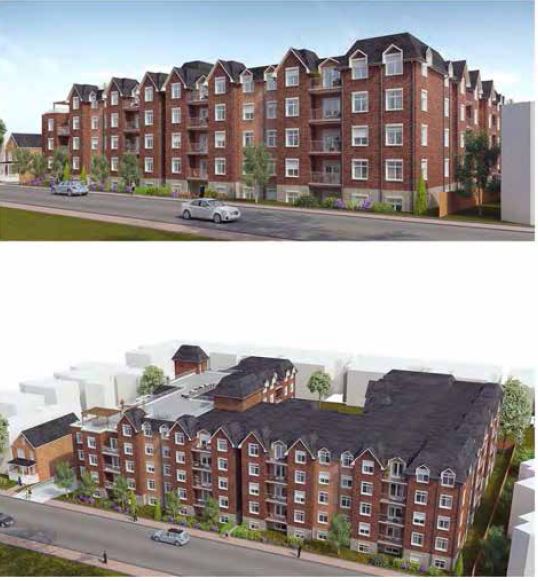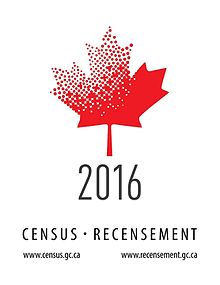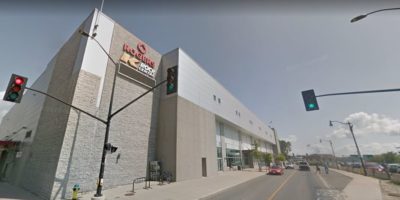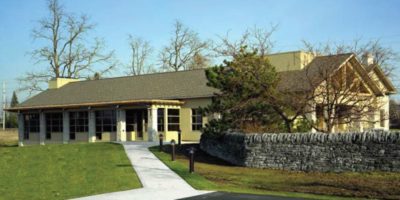The City of Kingston is going to launch a new study to find out why another study didn’t make sense.
Councillors and staff remain perplexed over why their own population growth projections didn’t match up with figures from the 2016 national census. The growth comparisons weren’t even close.
According to a 2013 city-funded study on population, housing and employment growth, Kingston’s population in 2016 was projected to be 129,870, a 5.2 percent (6,460 persons) increase over 2011.
But the census told a much different story. Statistics Canada found the city’s population grew by only 0.35 percent (435 persons) during the same five year period.
The stark difference appeared to shock city officials, especially in the face of ongoing suburban growth and urban intensification projects.

This Frontenac Street housing project by developer Jay Patry is one of many urban intensification projects on the books in Kingston
Community services commissioner Lanie Hurdle says the city’s projection vs. the census stats need a “thorough analysis.”
“So we get a better understanding in terms of the discrepancy.”
Councillors approved spending $88,000 to hire a consultant, Watson & Associates Economists Ltd., to do some investigation and data tracking with its own population, housing and employment projections study. According to staff:
“The population data released in the 2016 Census has brought about questions regarding the reliability of the 2013 study projections largely due to discrepancies in anticipated versus reported population numbers.”
Officials say accurate population growth numbers are critical to deciding how tax dollars are spent in future years.
“Population, housing, and employment projections provide the foundation for the City’s long range land use, transportation, infrastructure and capital expenditure planning.”
The growth projections are also reflected in strategic planning documents such as the Official Plan, Water and Wastewater Master Plan, the Kingston Transportation Master Plan, the Active Transportation Master Plan, the Employment Land Strategy Review, the Commercial Land Review and Kingston Transit’s business plan.
For example, city officials have relied on the 2013 population and employment forecast study to justify spending tax money on projects such as the third bridge crossing and the airport expansion.

Kingston’s $180 million third bridge crossing need is one of many projects tied to population growth forecasts
The study’s scope will go beyond population trends. It will also;
- provide an analysis of the estimated student population change and its impact on future housing demand,
- identify future trends and supply requirements in the city’s housing rental market, both primary (apartment rentals) and secondary (private dwelling rentals),
- evaluate employment trends and provide insight into key employment sectors.
City councillors approved the Watson & Associates contract even though it was $13,000 higher than the two bids submitted. Hemson Consulting offered to do the work for $75,000, but staff preferred the higher bid due to the firm’s more in-depth commitment.
Hurdle explained that Watson & Associates will provide over 100 hours more support, a professional planner, robust community engagement and will reflect the student population in its data. “We felt it was best to recommend Watson.”
The study will also involve consultation with major employers, institutions and surrounding communities to determine why Kingston’s population growth seems flat.



